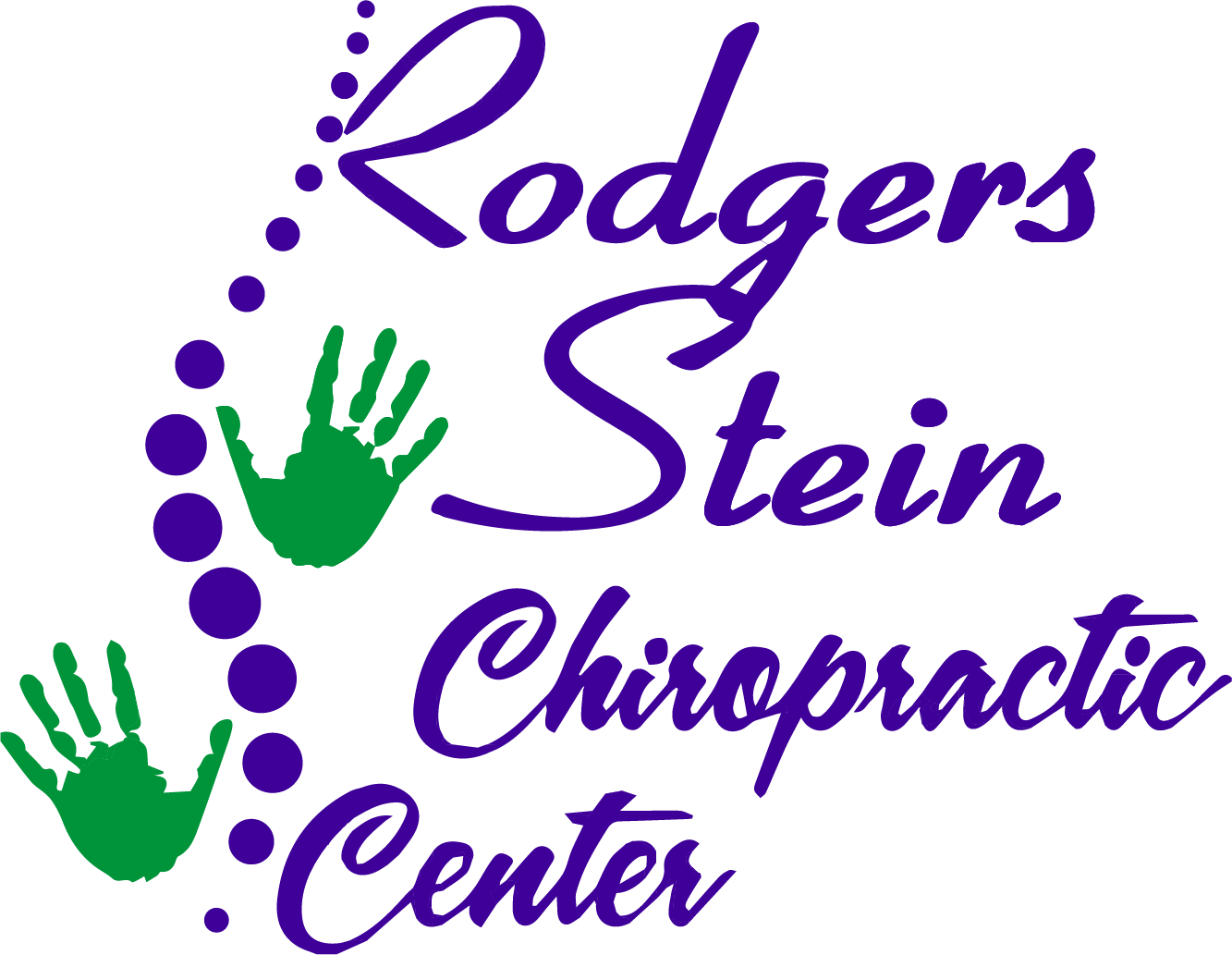You might not realize it, but the way you stand can have a profound impact on your health. When you adopt a tall posture, you're not just presenting yourself confidently; you're also actively supporting your spine and reducing strain on your back. This seemingly simple adjustment can enhance circulation and even boost your energy levels throughout the day. However, if you've been slouching, you could be facing a range of issues that affect more than just your appearance. What's the real cost of neglecting your posture, and how can you turn this around?
The Importance of Posture
Good posture isn't just about looking confident; it's essential for your overall health. When you maintain proper alignment of your spine, you're not only enhancing your appearance but also positively impacting various bodily functions. Good posture supports your muscles and joints, reducing strain and fatigue. This means you can go about your daily activities with greater ease and less discomfort.
When you sit or stand with good posture, your organs have more space to function effectively. This can improve digestion, breathing, and circulation. You mightn't realize it, but slouching can compress your organs, leading to issues that can affect your energy levels and overall well-being. By being mindful of your posture, you give your body the best chance to thrive.
Additionally, good posture can enhance your focus and productivity. When you sit up straight or stand tall, you're likely to feel more alert and engaged with your tasks. This can lead to better concentration and improved performance in both work and leisure activities.
Remember, the small adjustments you make to your posture can lead to significant benefits over time.
Lastly, good posture can help you develop a better connection with your body. By being aware of how you hold yourself, you can cultivate mindfulness and encourage healthier habits.
How Poor Posture Affects You
When you slouch or adopt poor posture, you're inviting a host of physical issues that can take a toll on your body. You'll likely experience back pain, neck tension, and even headaches as your muscles struggle to maintain balance. Poor posture puts extra strain on your spine, leading to misalignment and discomfort. Over time, this can result in chronic pain and reduced mobility, making everyday activities feel more challenging.
Your breathing can also suffer. Slumping compresses your lungs, limiting their capacity. This can leave you feeling short of breath and fatigued, impacting your energy levels and overall well-being. When you're not breathing deeply, you might find it harder to concentrate and stay focused, which can affect your productivity at work or school.
Additionally, poor posture can impact your digestive system. Slouching can compress your internal organs, leading to issues like heartburn or constipation. You mightn't realize it, but how you sit or stand can influence your overall health.
Moreover, your confidence can take a hit. When you hunch over, it can make you appear less approachable or self-assured. You might miss opportunities in social settings or feel less inclined to engage with others.
In short, poor posture doesn't just affect your back; it has a ripple effect throughout your body. Addressing it now can prevent a slew of problems down the line, allowing you to feel more comfortable and energized in your daily life.
Benefits of Standing Tall
Standing tall not only enhances your physical appearance but also brings a multitude of health benefits that can improve your overall well-being. When you adopt good posture, you're not just standing; you're actively promoting your physical and mental health.
Here are some benefits you can experience by standing tall:
- Enhanced Confidence: Standing tall instantly boosts your self-esteem and makes you look more approachable.
- Improved Circulation: Good posture allows your blood to flow freely, delivering oxygen and nutrients more efficiently to your body.
- Reduced Back Pain: Maintaining an upright position helps to alleviate strain on your back muscles, reducing discomfort and the risk of injury.
- Better Digestion: Standing properly can aid digestion by allowing your internal organs to function effectively without compression.
- Increased Energy Levels: An upright posture can help you feel more energized and alert, combating fatigue throughout your day.
When you stand tall, you're not just creating a positive impression on others; you're also taking significant steps toward better health.
From reducing strain on your spine to promoting better organ function, the advantages are clear.
So, embrace the benefits of standing tall and make it a part of your daily routine. You'll notice a difference in how you feel, look, and interact with the world around you.
Stand tall, and your body will thank you!
Tips for Improving Posture
Posture plays an essential role in your overall health and well-being, and improving it can be simpler than you might think. Start by being mindful of your posture throughout the day. When sitting, keep your feet flat on the floor and your back straight. Use an ergonomic chair that supports your lower back, and position your computer screen at eye level to avoid slumping.
When standing, distribute your weight evenly on both feet. Imagine a straight line running from your ears through your shoulders to your hips. Avoid locking your knees; instead, keep a slight bend to maintain balance. Engaging your core muscles will help support your spine and keep you upright.
Another effective tip is to take regular breaks. If you're sitting for long periods, stand up, stretch, and walk around every 30 minutes. This practice not only helps reset your posture but also improves circulation and reduces fatigue.
You can also practice posture exercises throughout the day. For example, while waiting in line or cooking, try to align your head, shoulders, and hips. Visualize a string pulling you upwards from the crown of your head.
Finally, consider using reminders. Sticky notes or phone alerts can prompt you to check your posture regularly.
Exercises for a Stronger Back
Building a stronger back can considerably enhance your posture and overall well-being. By incorporating specific exercises into your routine, you can strengthen your back muscles, alleviate discomfort, and support your spine.
Here are some effective exercises you should consider:
- Superman: Lie face down on the floor, extend your arms and legs, then lift them simultaneously while squeezing your back muscles.
- Bent-over Rows: Using dumbbells or a barbell, hinge at your hips while keeping your back straight. Pull the weights towards your waist to engage your upper back.
- Planks: Maintain a plank position on your forearms and toes, focusing on keeping your body straight. This stabilizes your core and strengthens your back.
- Bird-Dog: Get on all fours, then extend one arm and the opposite leg. Hold for a moment before switching sides. This promotes balance and back stability.
- Cat-Cow Stretch: Begin on all fours and alternate between arching your back (cat) and dipping it (cow). This increases flexibility and reduces tension in the spine.
Start incorporating these exercises into your weekly routine, ideally two to three times a week. Consistency is key!
As you strengthen your back, you'll notice improvements in your posture, less discomfort, and an overall boost in your physical performance.
Conclusion
To sum up, standing tall isn't just about looking confident; it's about taking care of your body. By improving your posture, you can reduce back strain, enhance circulation, and boost your energy levels. Remember to implement the tips and exercises discussed to strengthen your back and maintain an upright position throughout the day. So, stand tall and embrace the benefits—it's a small change that can lead to a healthier, more vibrant you!



